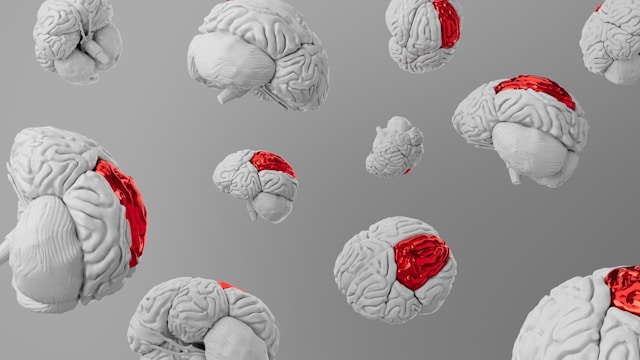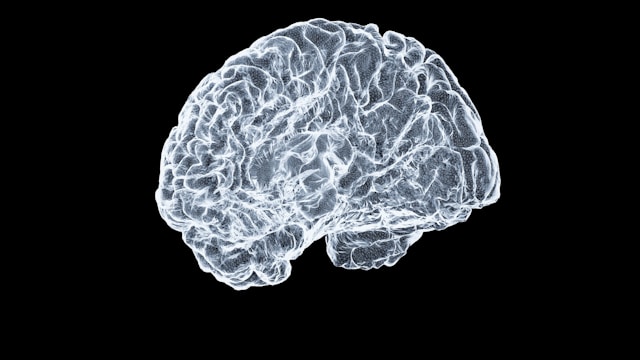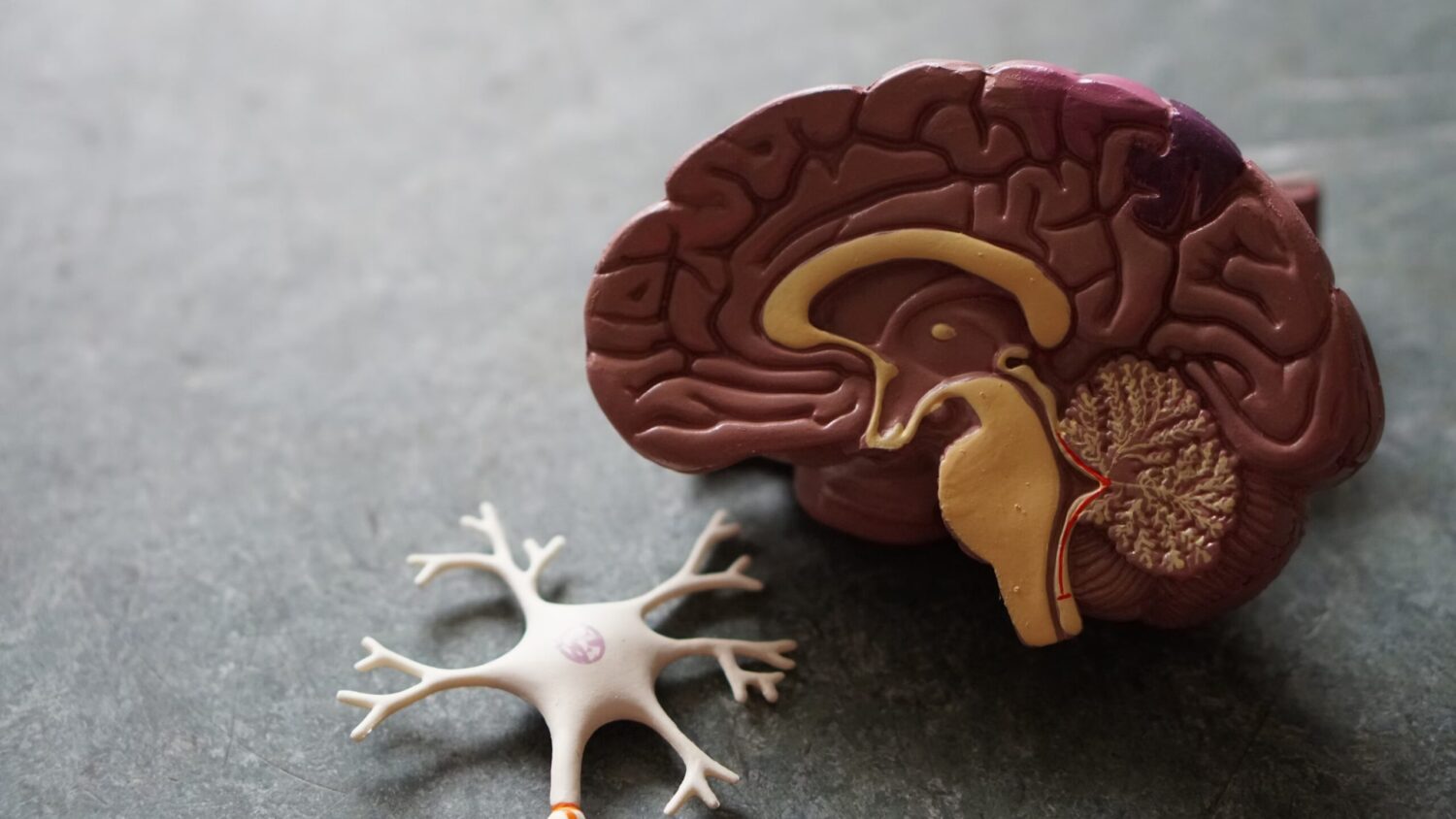Registered on ClinicalTrials
VLASOVA A.S. 1.4* , MALISHEVSKAYA T.N. 2* , PETROV S.A. 1.3* , GUBIN D.G. 5* , PETROV S.YU. 2* , FILIPPOVA Yu.E. 1*
1* ANCOO DPO “West Siberian Institute of Postgraduate Medical Education”, Tyumen, Russia;
2* FSBI "NMIC of eye diseases named after Helmholtz »Ministry of Health of Russia, Moscow, Russia;
3* FGBUN "Federal Research Center of the Tyumen Scientific Center of the Siberian Branch of the Russian Academy of Sciences", Tyumen, Russia;
4* Gauz of the Tyumen region "Regional ophthalmology dispensary" of the Ministry of Health of Russia, Tyumen, Russia;
5* FSBEI in "Tyumen State Medical University" of the Ministry of Health of Russia, Tyumen, Russia
Place of publication:
Bulletin of Ophthalmology, 2024, T.140, No. 4
Summary:
many key aspects of neurodegeneration of ganglion cells of the retina (GKS) with glaucoma are focused on mitochondrial dysfunction. Understanding the mechanisms and the relationships between structural and functional changes in mitochondria would be useful for development related to the mitochondria of the therapeutic strategy for the protection of GCS from glaucomone neurodegeneration. The purpose of the study. To find out the degree of severity of mitochondrial dysfunction in patients with primary open -angle glaucoma (POUG) and evaluate the possibility of stabilizing the glaucomic process by improving the functional activity of mitochondria, their energy -forming function against the background of therapy with Mexidol and Mexol Forte 250. Material and methods. The study was involved in 80 patients with a developed stage with compensated intraocular pressure and 20 healthy volunteers. The degree of severity of mitochondrial dysfunction was determined by the level of activity of mitochondrial enzymes: succinate dehydrogenase (SDH) and α-glycerophosphatedehydrogenase (α-GFDD)-in peripheral blood lymphocytes during cytochemical examination and cytomomorphodenxitis. Patients of the main group received consistent therapy with Mexidol with the following scheme: Mexoling a solution for intravenous and intramuscular administration of 50 mg/ml 300 mg per day intramuscularly 1 time per day for 14 days, followed by the purpose of Mexol Forte 250 1 tablet 3 times per 3 times aim Day for 56 days. Stabilization of glaucoma of optical neuropathy against the background of treatment was evaluated using a complex of perimetric, electrophysiological, structural-topographic methods in a period of 14, 56 and 90 days. Results. Against the background of consistent therapy, patients of the main group revealed a significant increase in the activity of mitochondrial enzymes compared with the initial level after 14 and 56 days with smooth regression by the end of the observation period (after 90 days), which was accompanied by an increase in the amount of mitochondria, an increase in their optical density in cytomorphodensitometry. Improving the enzymatic activity of mitochondrial enzymes in a period of 14 and 56 days was accompanied by a positive dynamics of structural-functional retinal indicators according to static perimetry, optical coherent tomography and a complex of electro-physiological studies. Conclusion. The data obtained can be used to optimize therapy for therapy by a decrease in mitochondrial dysfunction and stabilizing the glaucoma of optical neuroopticopathy. Keywords: primary open-angle glaucoma, mitochondrial dysfunction, succinate dehydrogenase, α-glycerophospatdehydrogenase, cytomomorphodenxometry, mexidol.









